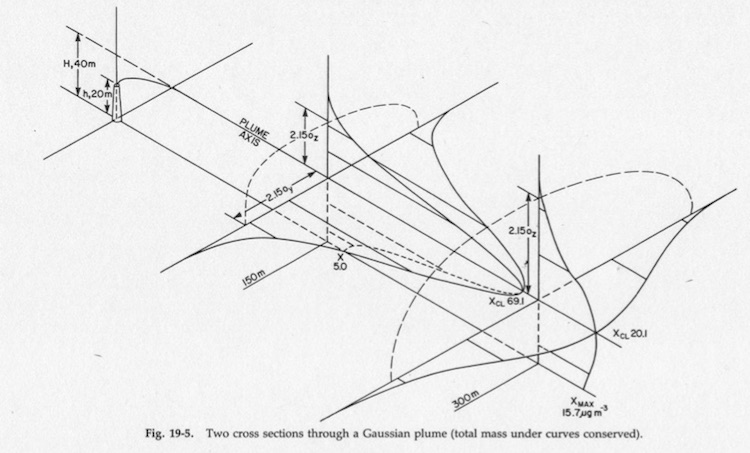Modeling Basic

Reading Guide
Air quality/pollution modeling is an indispensable tool for managing air quality. Modeling helps estimate the relationship between sources of pollution and their effects on ambient air quality. Air quality managers use models to identify source contributions to air quality problems and assist in the design of effective strategies to reduce harmful air pollutants.
Air pollution measurements give important, quantitative information about ambient concentrations and deposition, but they can only describe air quality at specific locations and times, without giving clear guidance on the identification of the causes of the air quality problem. Air pollution modeling, instead, can give a more complete deterministic description of the air quality problem, including an analysis of factors and causes (emission sources, meteorological processes, and physical and chemical changes), and some guidance on the implementation of mitigation measures.
Some initial basic reading can be found at US EPA websites and the attached introductory paper (Daly and Zannetti, 2007).
Material
Guide prepared by P. Zannetti (9/2020). For corrections or expansions please contact us.